Xiaomi Poco F3 review: a giant killer of a smartphone
Moving away from the flagship models can save you money and still get you excellent performance, as the Poco F3 smartphone proves
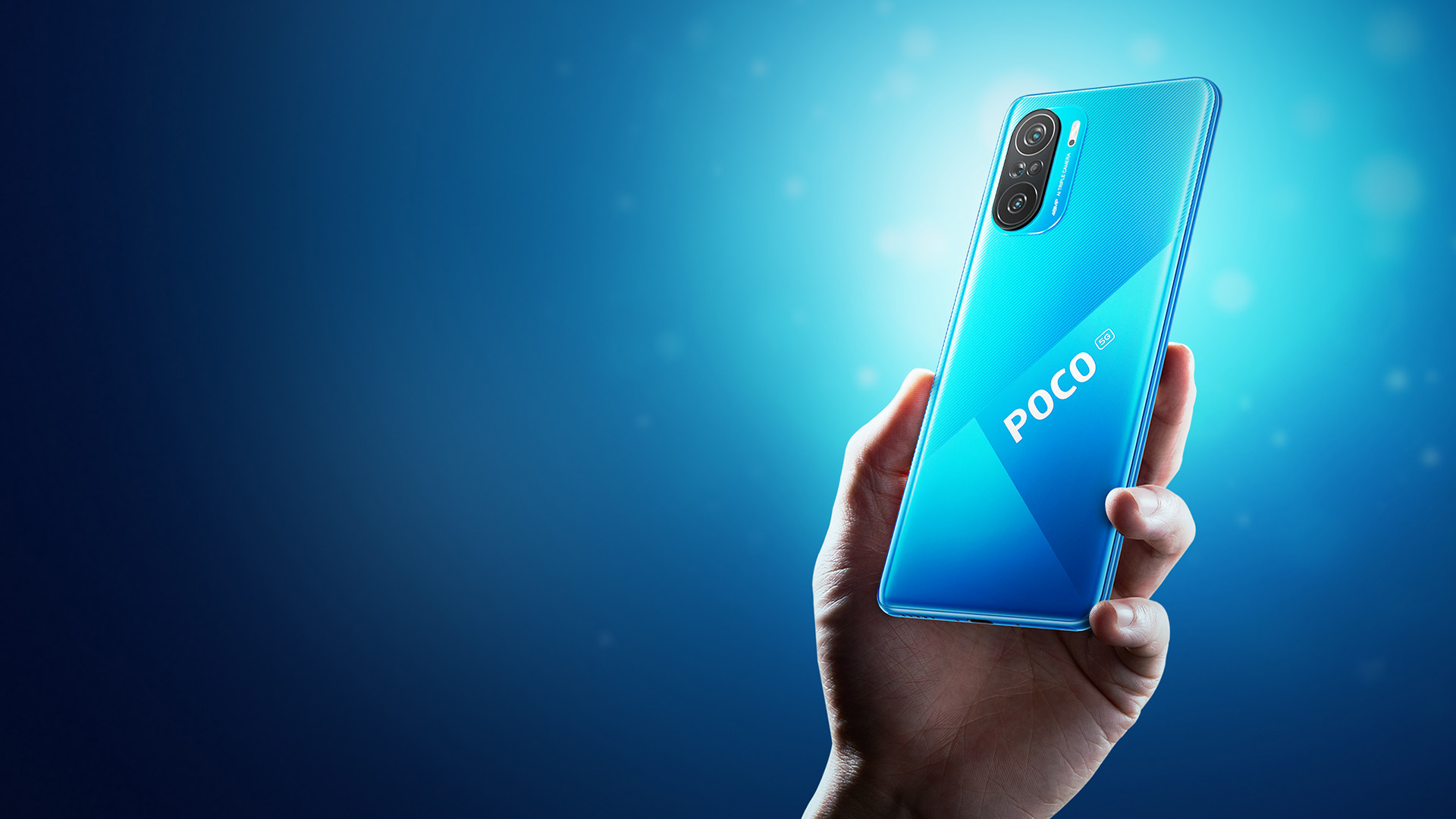
The Poco F3 suggests quality and delivers it. Despite its price, it boasts premium build materials, powerful internals, a stunning display and largely competent cameras. The few gripes we have are easily buried in the money saved by opting out of a major brand’s flagship phone.
-
+
Amazing value
-
+
Excellent display
-
+
Powerful performance
-
+
Classy design
-
-
Some bloatware
-
-
No water resistance promises
-
-
Network uncertainty
Why you can trust T3

POCO F3 - Key Specs
Main screen: FHD+ (2,400 x 1,080) 6.67-inch AMOLED, 120Hz
CPU: Qualcomm Snapdragon 870 5G
GPU: Adreno 650
RAM: 6/8GB
Storage: 64/128GB UFS 3.1
Battery: 4,520mAh
Rear camera: 48MP main, 8MP ultra-wide, 5MP macro
Front camera: 20MP
OS: Android 11 (MIUI skin)
Xiaomi’s Poco brand has continued to release affordable smartphones that would appear to punch well above its weight class when you look at the spec sheet. Though the recent Poco M4 Pro 5G showed just how much the company could pack into a roughly $280/£210 device, the company’s Poco F3 just costs only a little more while serving as a true highlight of premium features in a budget-friendly phone.
The Poco F3 leaves almost no aspect of the phone ignored when it comes to delivering a slight premium without compromising on price. Let’s take a closer look at all that the Poco F3 does.
Poco F3 review: price, release date and what’s in the box
The Poco F3 launched in early 2021 for £329 (or roughly $445/AU$599) but it’s price has since fallen to £289 ($390/AU$526). The phone includes a silicone case, a USB-C cable, a USB-C-to-3.5mm headphone adapter, and a 33W charging brick for EU plugs.
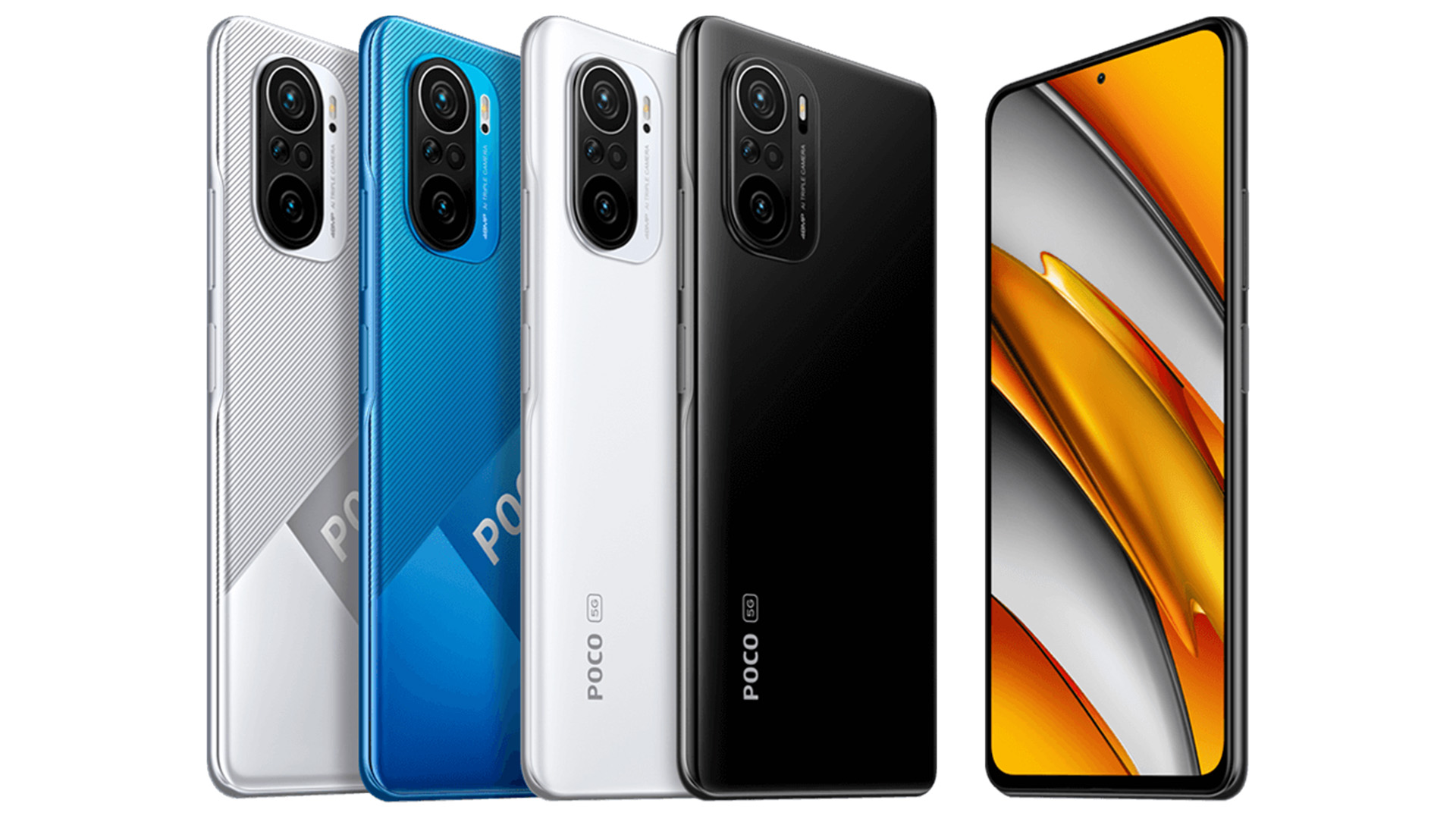
Poco F3 review: design and screen
The Poco F3 doesn’t fall short on design. Despite its modest price, the phone has a firm metal frame housing a Gorilla Glass 5 back and front. The model I tested had a pearly white back that was somehow bold and subtle in its styling at the same time. It also comes in silver, black or blue. The white could have done a better job hiding fingerprints, but I’ve seen worse from more expensive phones.
That metal frame houses some nice tech as well. The USB-C port on the bottom supports fast charging at up to 33W, though I wasn’t able to test this with the included charger due to the wrong plug type for our region. The phone has stereo speakers on board (though the bottom speaker is providing most of the sound). There’s a side-mounted fingerprint scanner that doubles as the sleep/wake button on the phone, and it works exceptionally well. Xiaomi’s software for extensively customizing the phone’s behavior also makes it easy to get working how we like.
At the top edge of the phone, there’s even a built-in IR emitter that allows the phone to double as a remote control for TVs and other appliances, though it can be somewhat hit or miss. The bottom of the phone holds its dual-SIM tray, which appears to have a rubber gasket installed. Though there’s no IP rating certifying the phone against dust and water ingress, the presence of a gasket suggests there may at least be a little protection present.
The most shocking inclusion on the phone, given its low price, is the display. This is the kind of display most budget phones would only dream of having. While many devices will opt for large displays at the cost of resolution or panel quality, the Poco F3 doesn’t make much in the way of sacrifices on the display.
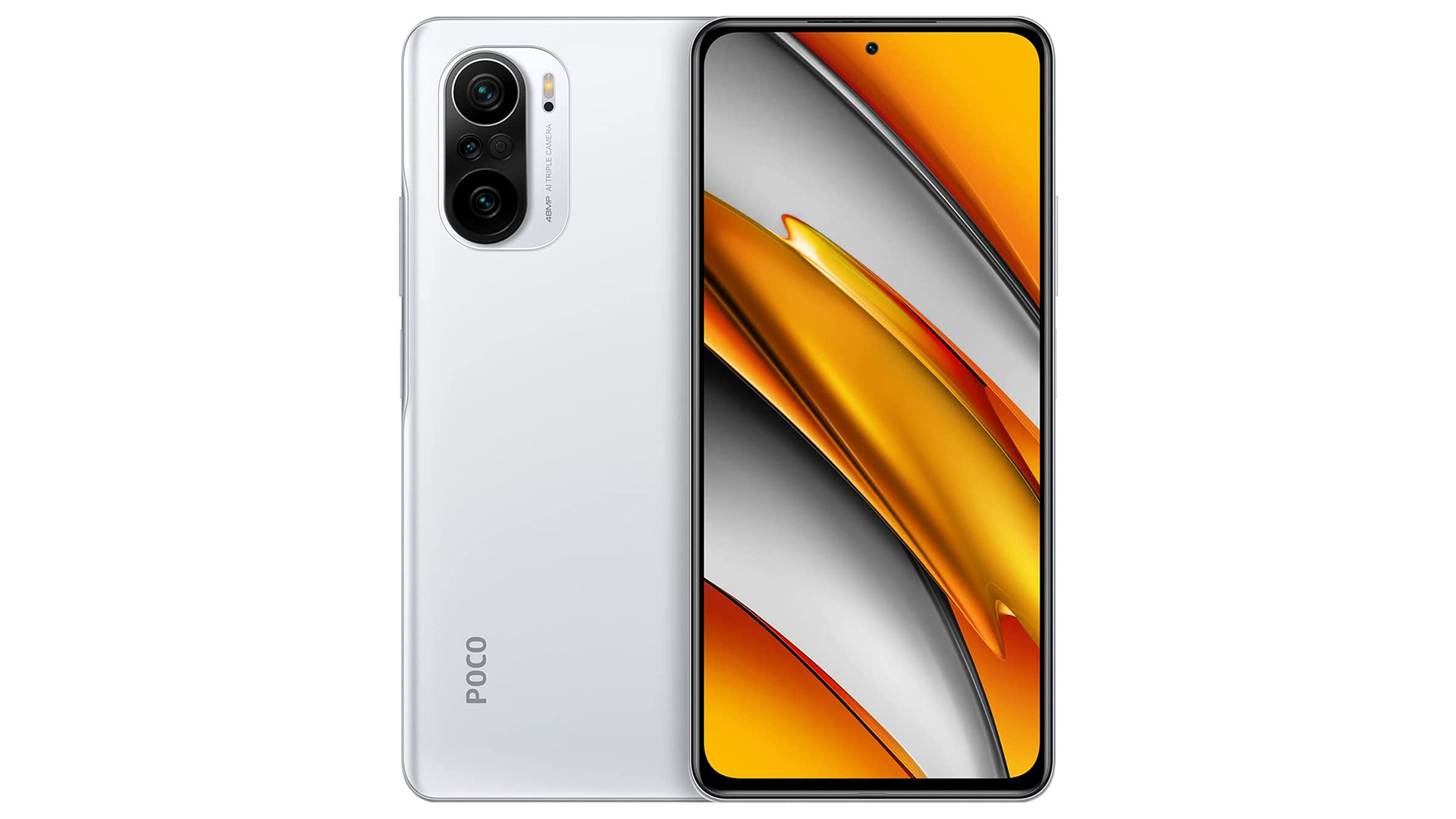
The 6.67-inch screen has a 2,400 x 1,080 resolution, which is more than crisp enough for pretty much any use cases. Better still, that’s an AMOLED display providing great visuals. The colors are well saturated even from different viewing angles (until glare from fingerprints shows up), and the screen gets plenty bright with a 1300-nit peak brightness — handy for supporting HDR10+ content. Of course it has the inky blacks provided by OLED technology as well.
For a phone of this price, just those aspects of the display would be enough to get excited about. But, Xiaomi has gone further for the Poco F3, offering a 120Hz refresh rate for extra smooth visuals and a 360Hz touch sampling rate to make it that much more responsive. It’s a smooth experience using the phone thanks to this display, and it’s a true pleasure to watch content on it. I enjoyed the first couple episodes of the latest season of The Witcher, and the ambience of that fantastical world was well represented on the display.
The display has a 20:9 aspect ratio, which helps keep the punch-hole selfie camera out of the way when viewing a lot of content. And, right alongside that selfie camera choice are slim bezels all around that leave the Poco F3 feeling plenty modern. This screen alone is reason enough to justify the increased price over the Poco M4 Pro 5G, but it’s far from the only reason.
All of this fit into a fairly svelte phone. It’s not overly thick at just 7.8mm, and it only weighs 196 grams — more than 20% lighter than an iPhone 13 Pro Max while providing a screen nearly as large. Even the rear camera bump remains fairly shallow.
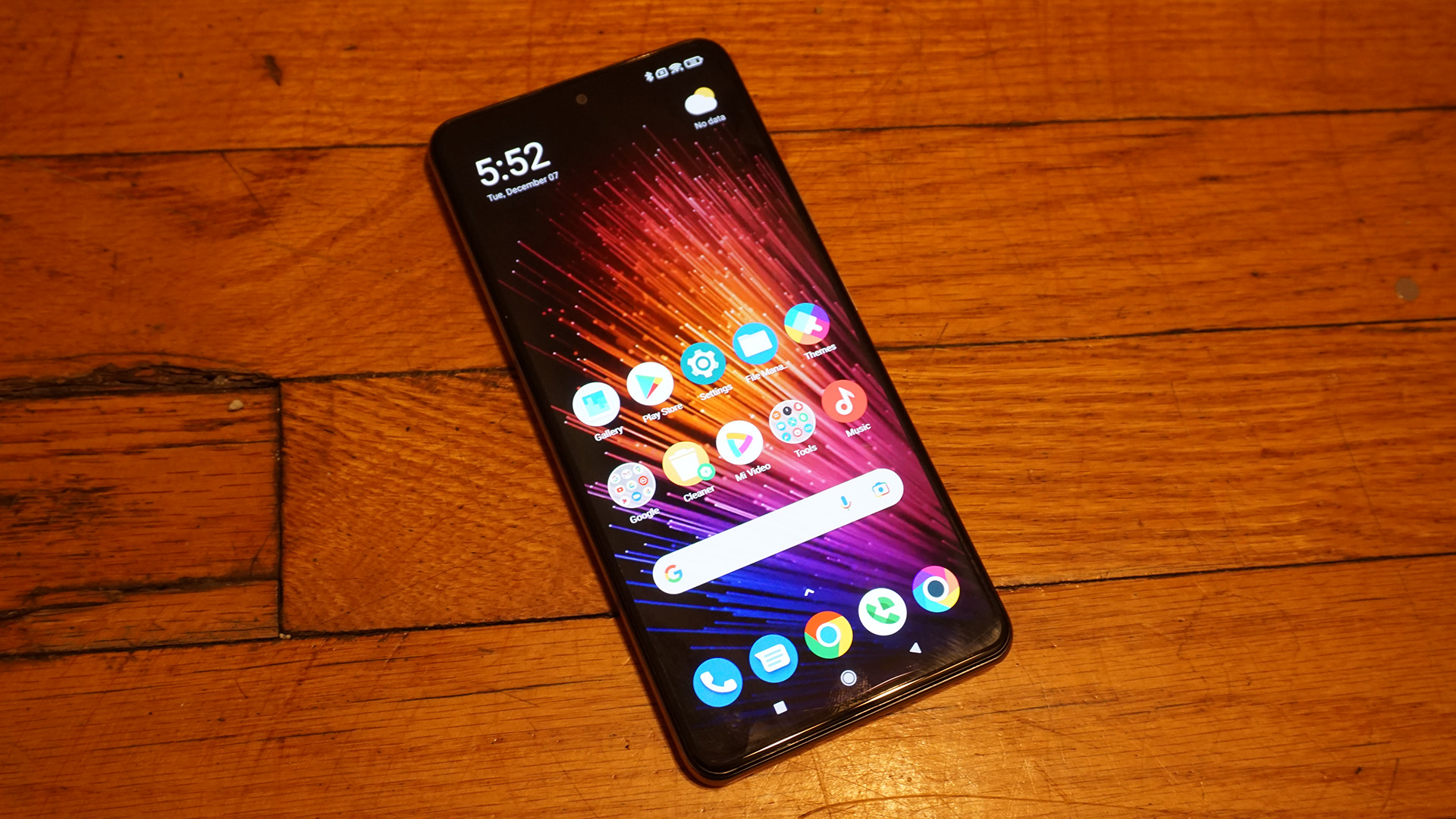
Poco F3 review: hardware and performance
The Poco F3 has surprising hardware given what it costs. You might expect a Qualcomm Snapdragon 480 or perhaps Snapdragon 765G if you’re lucky at this price, but the Poco F3 packs in a much more powerful Snapdragon 870. That may not be the Snapdragon 888 that’s powered many of 2021’s flagships, but it has more than enough power for most of the things we use our phones for on any given day.
In my Geekbench 5 tests, the Snapdragon 870 chipset musters a single-core score of 976 and multi-core score of 3305, blowing past the Snapdragon 765G’s performance we saw in phones like the Motorola Razr 5G and OnePlus Nord. It also nearly doubles the CPU performance of the Poco M4 Pro 5G running on a Mediatek Dimensity 810 chip. When we turn to graphics performance, the Poco F3 actually does see more than double the performance of the M4 Pro 5G, hitting a score of 3,560 in OpenCl and 3,370 in Vulkan.
While benchmarks aren’t always a clear indication of real world performance, I can say plainly that they’re a good indicator here. The Poco F3 performs wonderfully for an Android phone of just about any price, but it’s superb for what it costs.
Browsing, app switching, and navigating apps goes off without a hitch. The model I tested includes 8GB of RAM, though the base model has 6GB of RAM. In my experience, even 6GB of RAM is often still enough, though it may not keep as many apps or large games ready in the background if you like to switch around between apps a lot. The phone even runs Asphalt 9 perfectly smoothly at its High Quality setting, though it can stutter at the start of the race as everything loads in — a common issue. After a race, I was able to switch away to several other apps and still switch back to the game with it still running in memory. Even from a fresh start, the phone launches the large game quickly, getting through the loading screen in just about 10 seconds.
The phone offers solid connectivity for the present day. It has a Wi-Fi 6 connection that I was able to see reach over 300Mbps on a 5GHz Wi-Fi 6 connection, though that still fell short of the 600+Mbps connection the Samsung Galaxy S20 achieved on the same network just seconds apart from the Poco F3’s test. The phone also supports 5G networking, with no trouble connecting through a T-Mobile SIM in Chicago. Performance on 5G networks is widely variable, though, so we didn’t see incredible speeds, barely exceeding 10Mbps in the same setting a Galaxy S20 could excerpt 200Mbps.
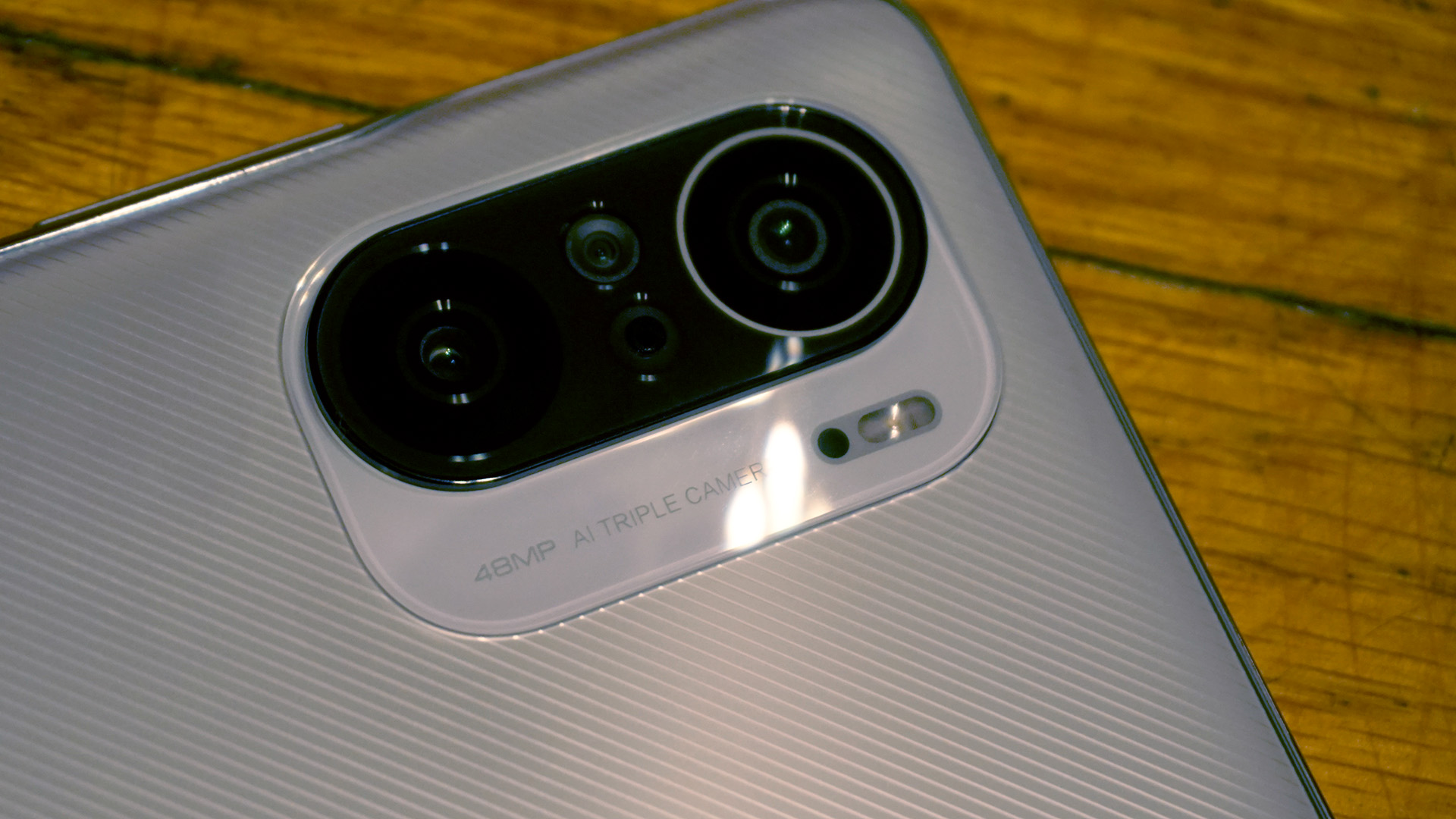
Poco F3 review: camera, OS and battery
The camera is perhaps where the Poco F3 struggles most to keep pace with the flagship phones it’s giving a run for their money. It’s not bad, though. The phone features a 48MP main camera with a reasonably wide f/1.79 aperture, and uses pixel binning to drop down to 12MP and effectively reach a 1.6-micron pixel size. This should all help it capture more light for shooting in darker environments. While the camera performs admirably in light settings and does a decent job in darker spaces if the subject is adequately lit, the main camera isn’t good for night photography in the slightest. Noise and motion blur quickly overtake and redeeming qualities of a photo in a dark environment.
The 8MP ultra-wide camera doesn’t quite keep pace with the quality of the main sensor, but it’s actually a lot better than the ultra-wides we often see slapped onto more affordable phones. It produces a fairly sharp image that’s well colored and not overly noisy when lighting conditions aren’t perfect. Distortion is also kept to a minimum. The ultra-wide does skew a little bit warmer in color temperature than the main camera though, so consistency between photos can be an issue.
The Poco F3 has included a 5MP macro camera as well, and it’s also not a throwaway addition. While uses for a macro lens may be limited, this extra camera proves useful for capturing fine textures and close-up details, such as the fabric of our clothing or the suede and stitching in our shoes, that we can’t make out with our own eyes. It can be a bit tricky to get the focus on exactly what we want, though, as the depth of field is incredibly shallow and small hand movements can shift it dramatically. Meanwhile, the 20MP selfie camera offers sharp and natural photographs that do the job nicely.
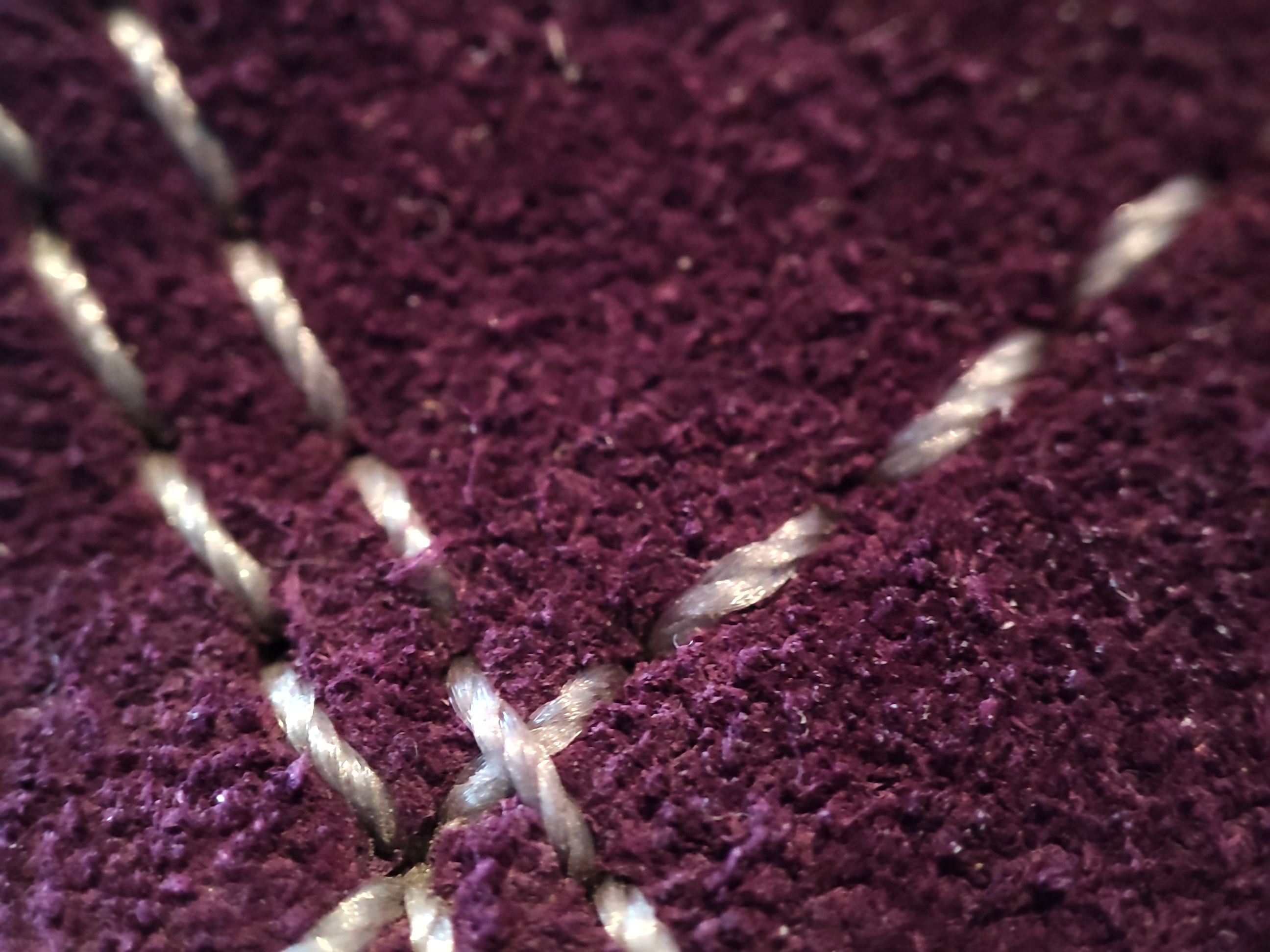
Poco F3 image samples
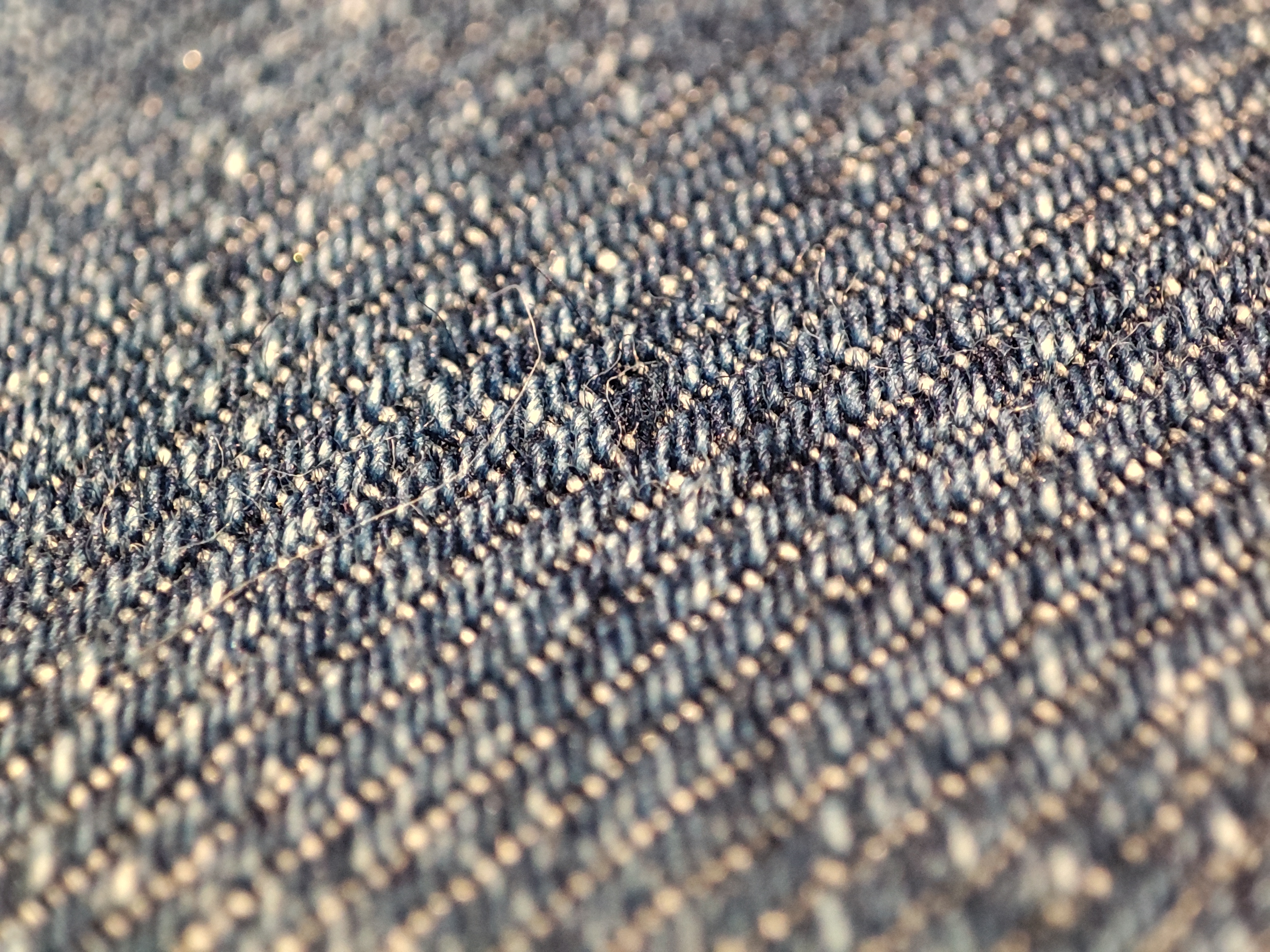



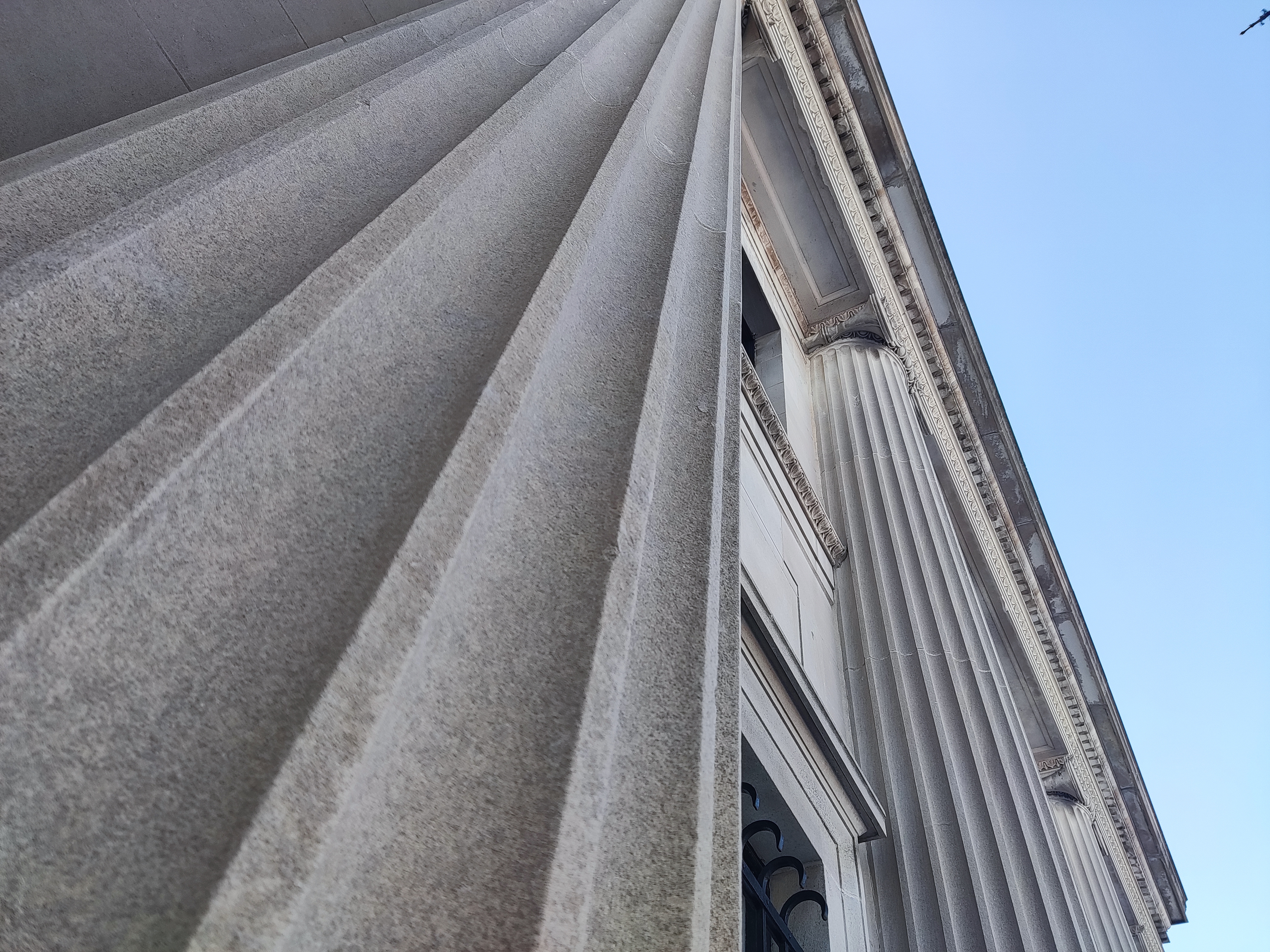
Video is a mixed bag for the Poco F3. Just as I found with the Poco M4 Pro 5G, it runs into issues with stutter while capturing video, and that stutter shows up in the final recording as well. In particular, it seems to struggle most when using video stabilization and H264 encoding, but by either switching to H265 encoding or disabling the video stabilization, the frequent video stuttering appears all but eliminated. I was also able to use a third-party camera app, Open Camera, that didn’t suffer from the same issues, likely because it wasn’t using the same video stabilization technology. The capture quality is decent, and there’s thankfully not much crop going on between the photo and video modes, so it’s easy to frame shots between modes.
The phone comes running Android 11 with MIUI running on top of it. This special UI has some unique behavior compared to many of the other Android phone’s I’ve tested. Notably, it changes up the notification shade and quick settings shade, making them independent shades that can be accessed separately by swiping down on different sides of the display or swiping sideways between them. MIUI has extensive customization options, making it easy to tailor the experience to whatever style we prefer. Just like the Poco M4 Pro 5G, this Poco F3 comes with some unwelcome, pre-installed apps and folders that contain suggested downloads and even promoted apps.
Battery life on the Poco F3 is not much to talk about. The phone boasts a 4,520mAh battery, which may not be the biggest you can find in a phone this large, but it’s easily enough to get through a day even with a bit of gaming and streaming on the agenda.
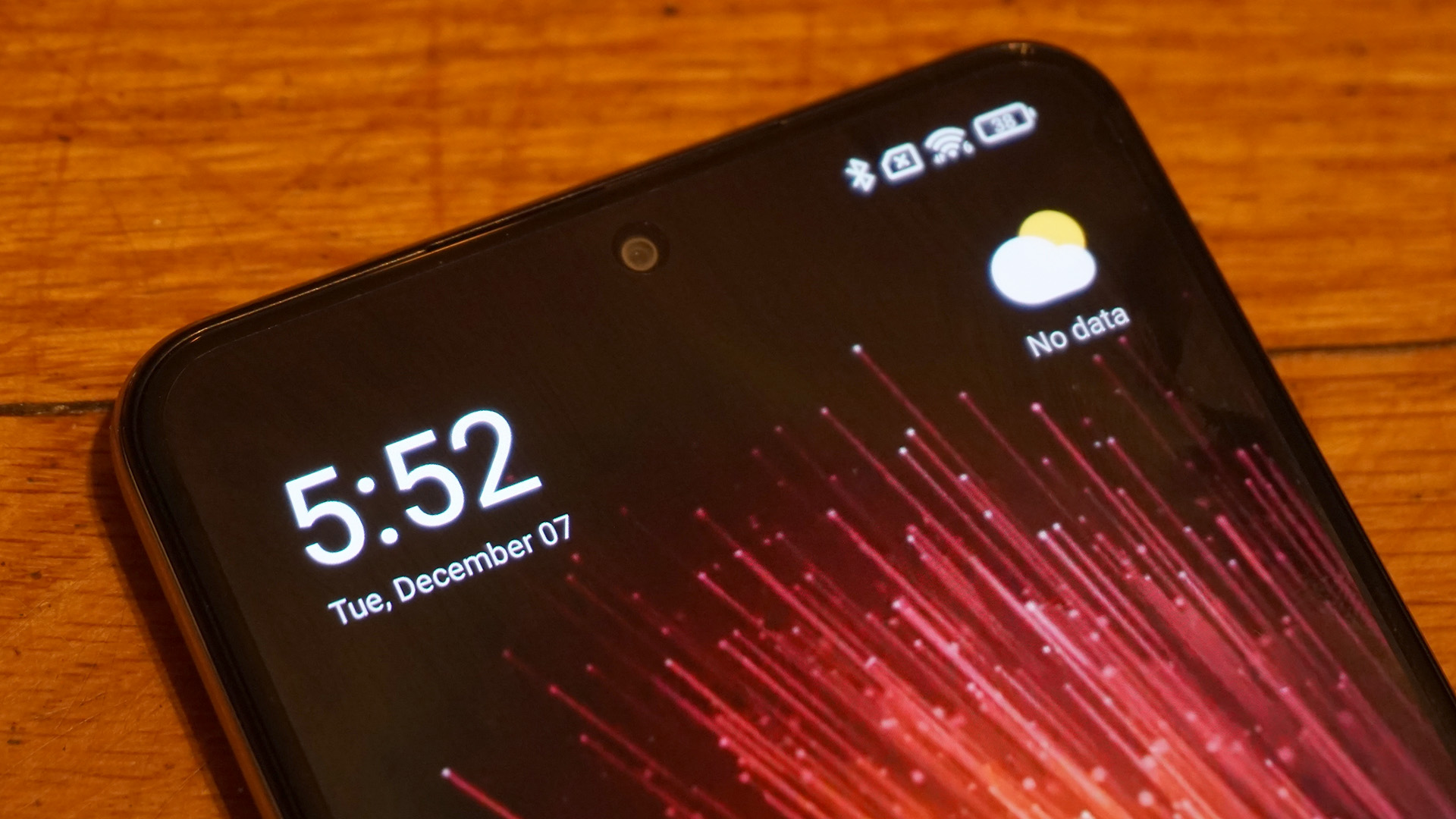
Poco F3 review: verdict
The Poco F3 is an affordable powerhouse. Its price is a pleasure to see for a phone packing half of what it is, so the inclusion of capable and quality parts at just about every corner without seeing the price balloon ever higher is a real achievement. It has some competition from the likes of Xiaomi’s own Black Shark 4 or Google’s Pixel 6 for those with a little more room in their budget, but the Poco F3 is a true standout at its price with very little to complain about.
Sign up to the T3 newsletter for smarter living straight to your inbox
Get all the latest news, reviews, deals and buying guides on gorgeous tech, home and active products from the T3 experts
Mark Knapp has covered tech for most of the past decade, keeping readers up to speed on the latest developments and going hands-on with everything from phones and computers to e-bikes and drones to separate the marketing from the reality. Catch him on Twitter at @Techn0Mark or on T3, PCMag, IGN, TechRadar, Business Insider, and Reviewed.
-
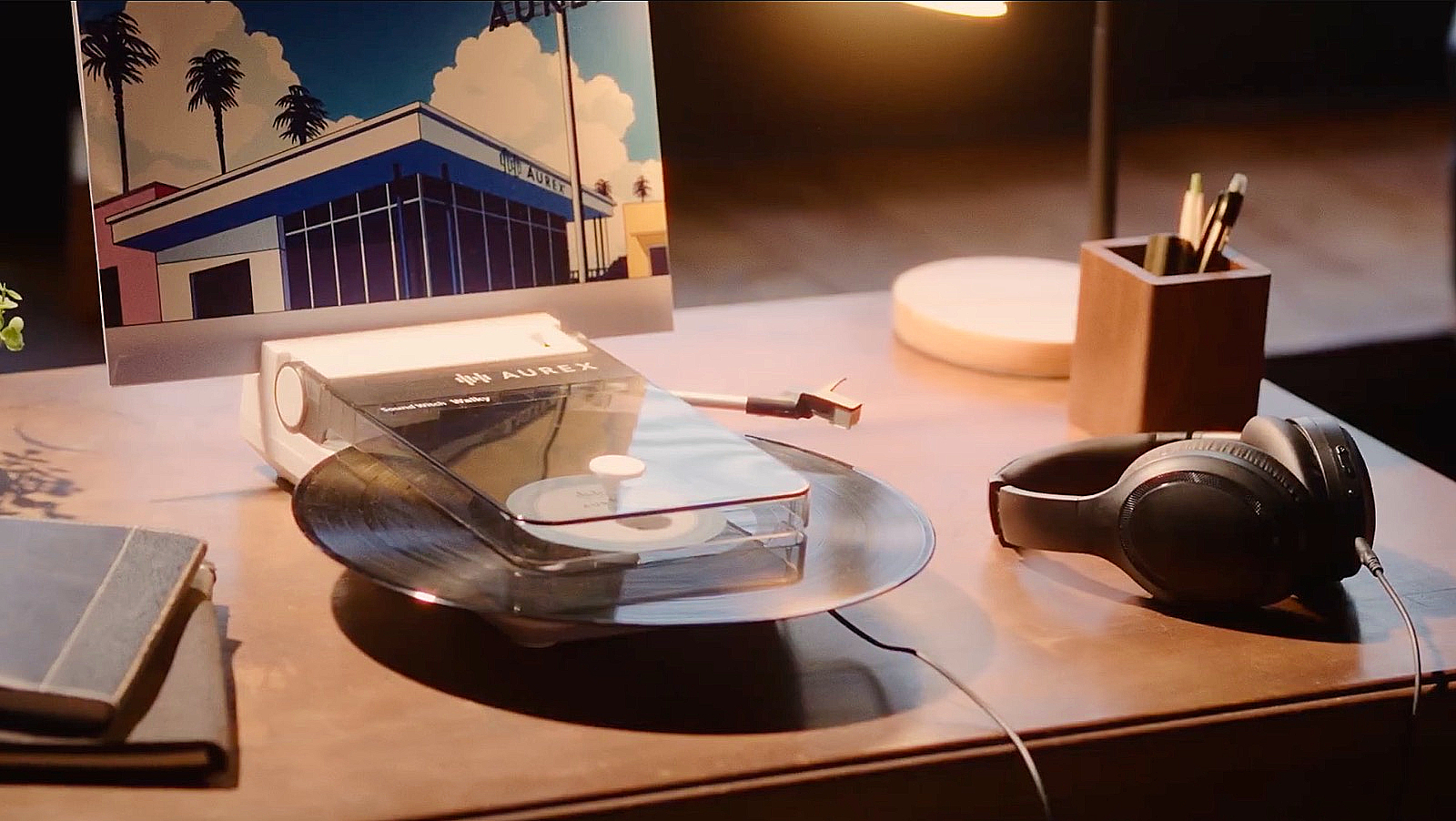 Toshiba’s portable record player is a Walkman for your vinyl
Toshiba’s portable record player is a Walkman for your vinylToshiba's tiny record player is a lot more portable than your record collection
By Carrie Marshall Published
-
 Garmin’s on a mission to update your wrist into oblivion as 100+ tweaks land on Fenix and Enduro watches
Garmin’s on a mission to update your wrist into oblivion as 100+ tweaks land on Fenix and Enduro watchesThe latest beta update looks comprehensive
By Matt Kollat Published
-
 Apple TV+'s beloved sci-fi series gets a surprise sequel and trailer
Apple TV+'s beloved sci-fi series gets a surprise sequel and trailerWondla is coming back
By Max Freeman-Mills Published